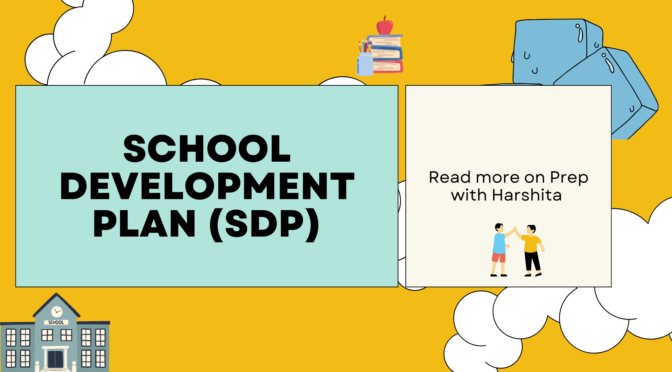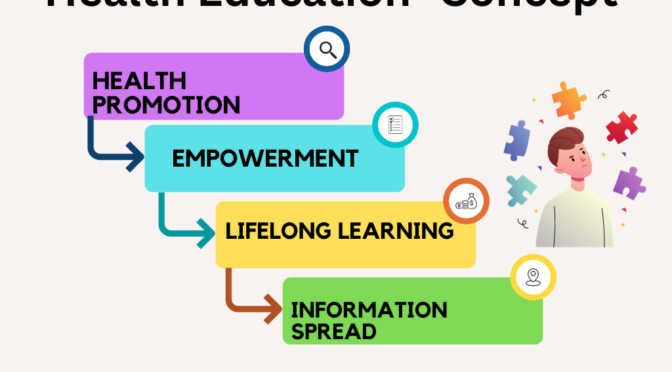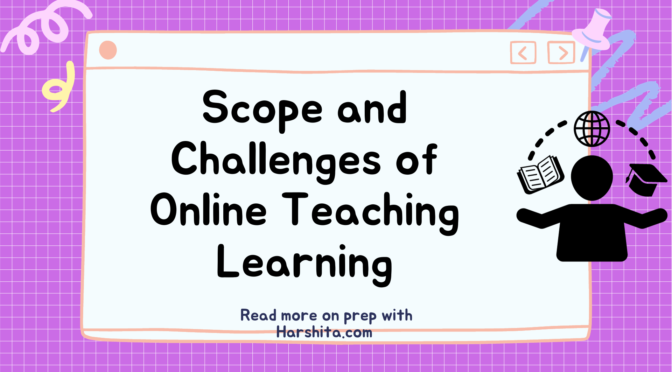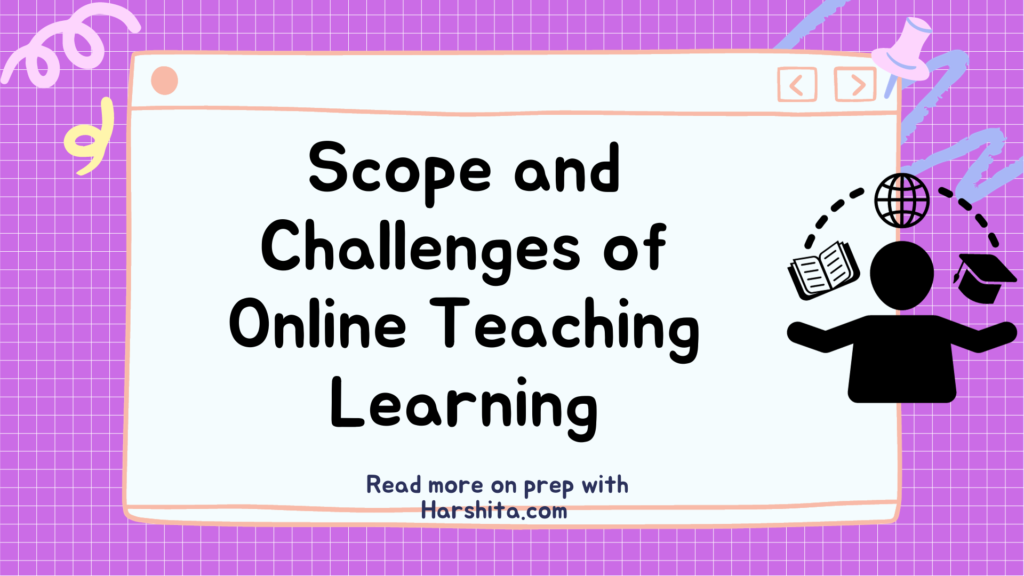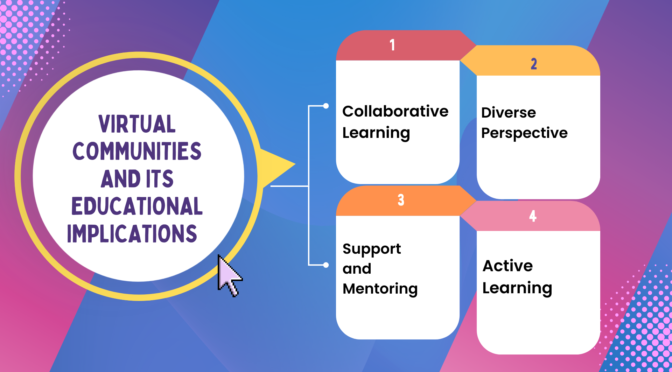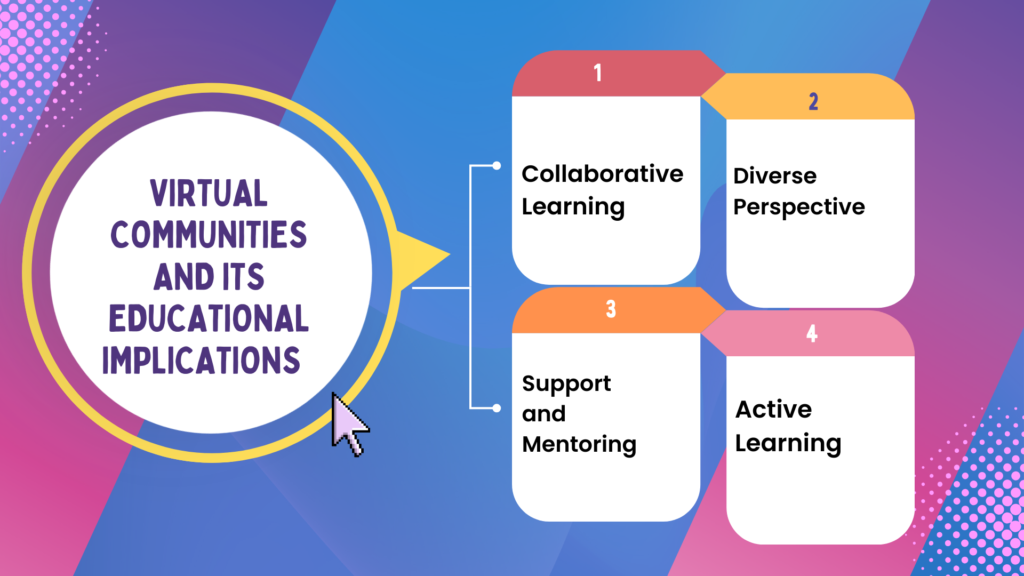A School Development Plan (SDP), also known as a School Improvement Plan, is a strategic document that outlines the goals, priorities, and actions a school will take to enhance its overall performance and meet the educational needs of its students. It serves as a roadmap for the school’s development over a specific period, typically one to three years. The process of creating an SDP involves collaboration among school administrators, teachers, parents, and other stakeholders.
Here are the key components and steps involved in developing a School Development Plan:
1. Needs Assessment:
- Identify the strengths and weaknesses of the school by conducting a comprehensive needs assessment. This assessment can involve analyzing academic performance, teacher evaluations, student feedback, and other relevant data.
2. Vision and Mission:
- Clearly define the school’s vision and mission statements. These statements should encapsulate the school’s core values, goals, and the kind of learning environment it aspires to create.
3. Goal Setting:
- Establish specific, measurable, achievable, relevant, and time-bound (SMART) goals based on the findings from the needs assessment. These goals should address areas where improvement is needed and align with the school’s mission and vision.
4. Action Planning:
- Develop a detailed plan of action to achieve the set goals. Specify the strategies, activities, and resources needed to implement the plan. Assign responsibilities and timelines for each action.
5. Resource Allocation:
- Determine the budget and resources required to support the action plan. This includes funding, staff allocation, and any external resources or partnerships needed.
6. Monitoring and Evaluation:
- Establish a system for ongoing monitoring and evaluation of the SDP’s progress. Regularly assess whether the goals are being met, and adjust strategies as necessary. This often includes the use of benchmarks, performance metrics, and feedback mechanisms.
7. Involvement of Stakeholders:
- Engage all relevant stakeholders, such as teachers, school staff, parents, and students, in the development and implementation of the SDP. Collaboration and buy-in from all parties are crucial for the plan’s success.
8. Communication and Transparency:
- Ensure that the school community is aware of the SDP’s goals and progress. Regularly communicate updates, achievements, and any necessary adjustments to keep stakeholders informed.
9. Review and Revision:
- Periodically review and revise the SDP, typically on an annual basis. This allows the school to adapt to changing needs, priorities, and circumstances.
10. Final Report and Accountability: – At the end of the SDP’s implementation period, prepare a final report that summarizes the outcomes, challenges, and lessons learned. Share this report with stakeholders to maintain transparency and accountability.
11. Continuous Improvement: – Use the lessons learned from each SDP cycle to inform the development of subsequent plans. This ongoing process of improvement ensures that the school is continually evolving and responding to changing educational needs.
Also Read : ICT
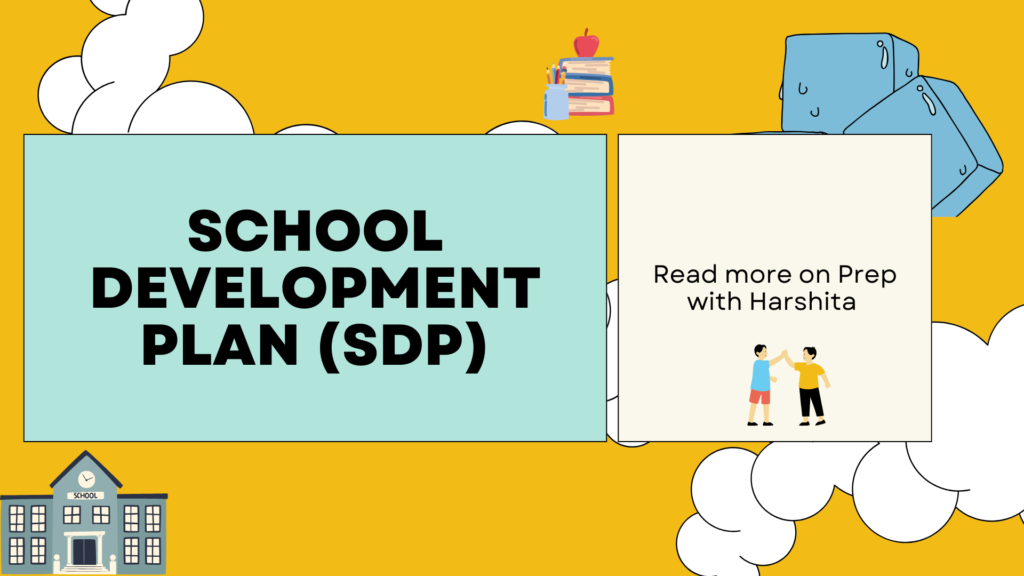
Also Visit: Prep with Harshita

